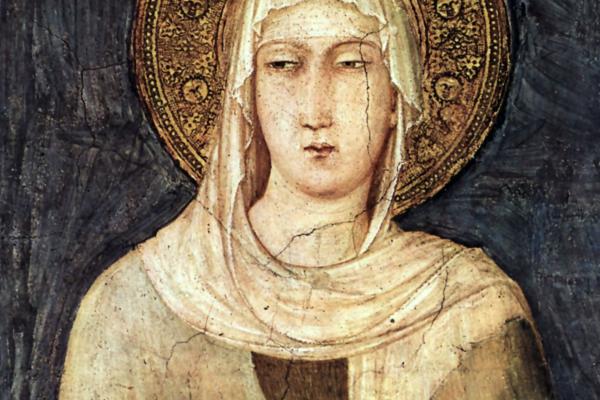Aug 11, 2016
St. Clare and the women religious who formed my faith taught me that there are as many ways to be a faithful woman as there are women on the earth. They taught me that you can serve God while being strong, outspoken, and good at what you do. Even more significantly, they taught me the importance of sharing stories about the many and varied ways that women serve God and their fellow humans.
Read the Full Article

Already a subscriber? Login
